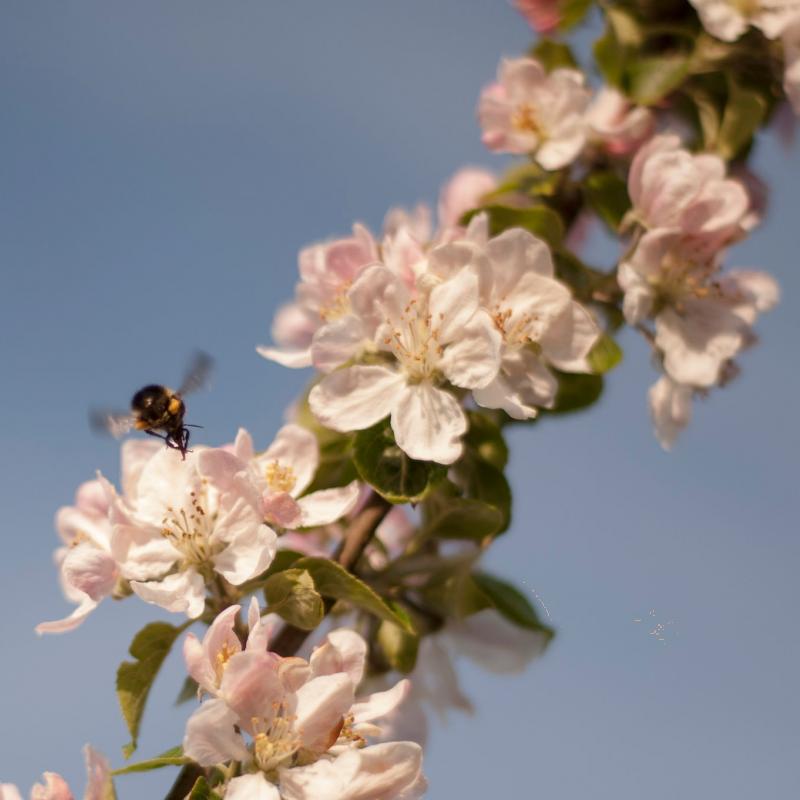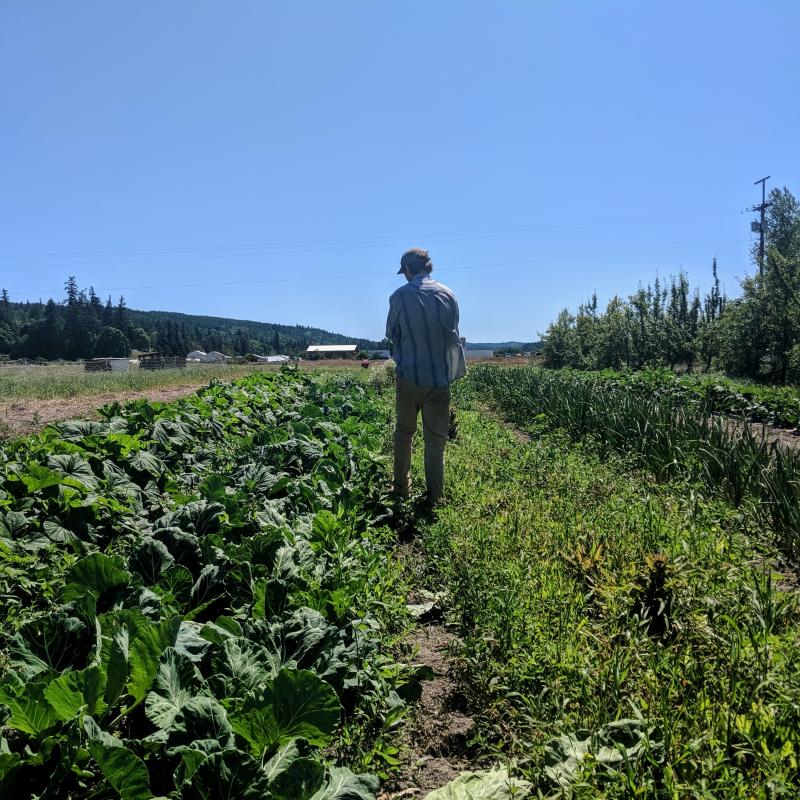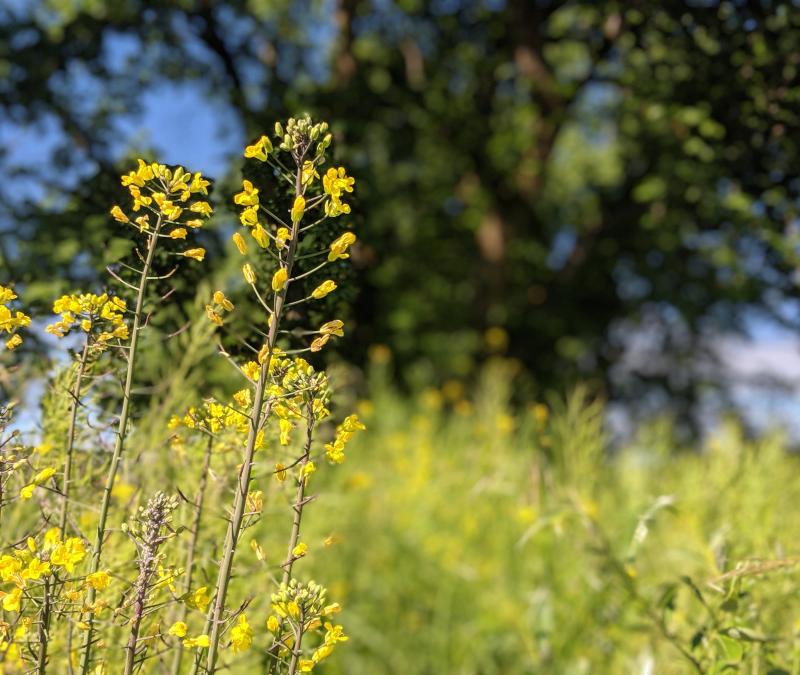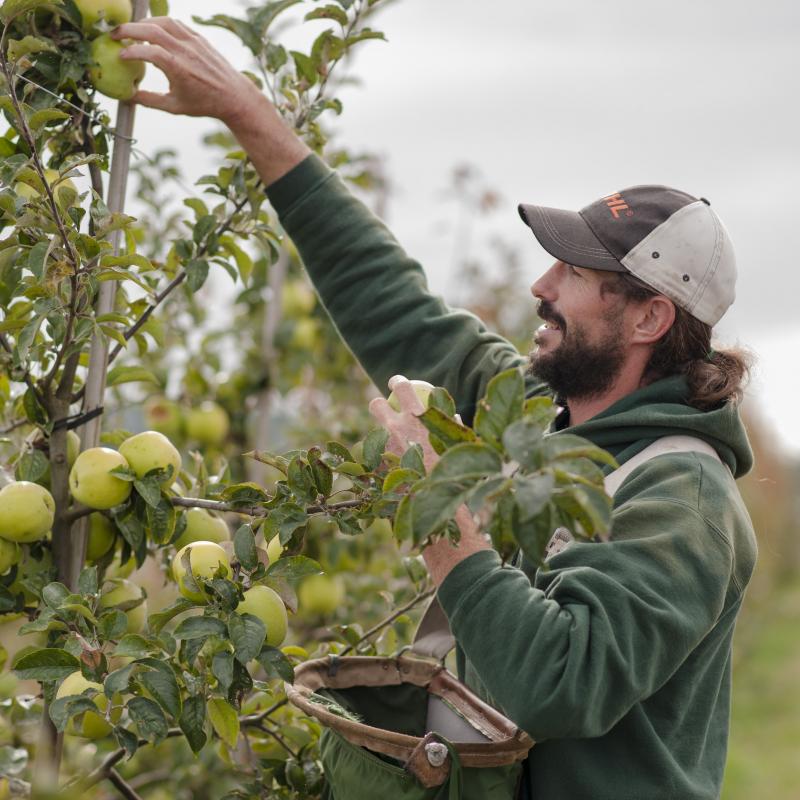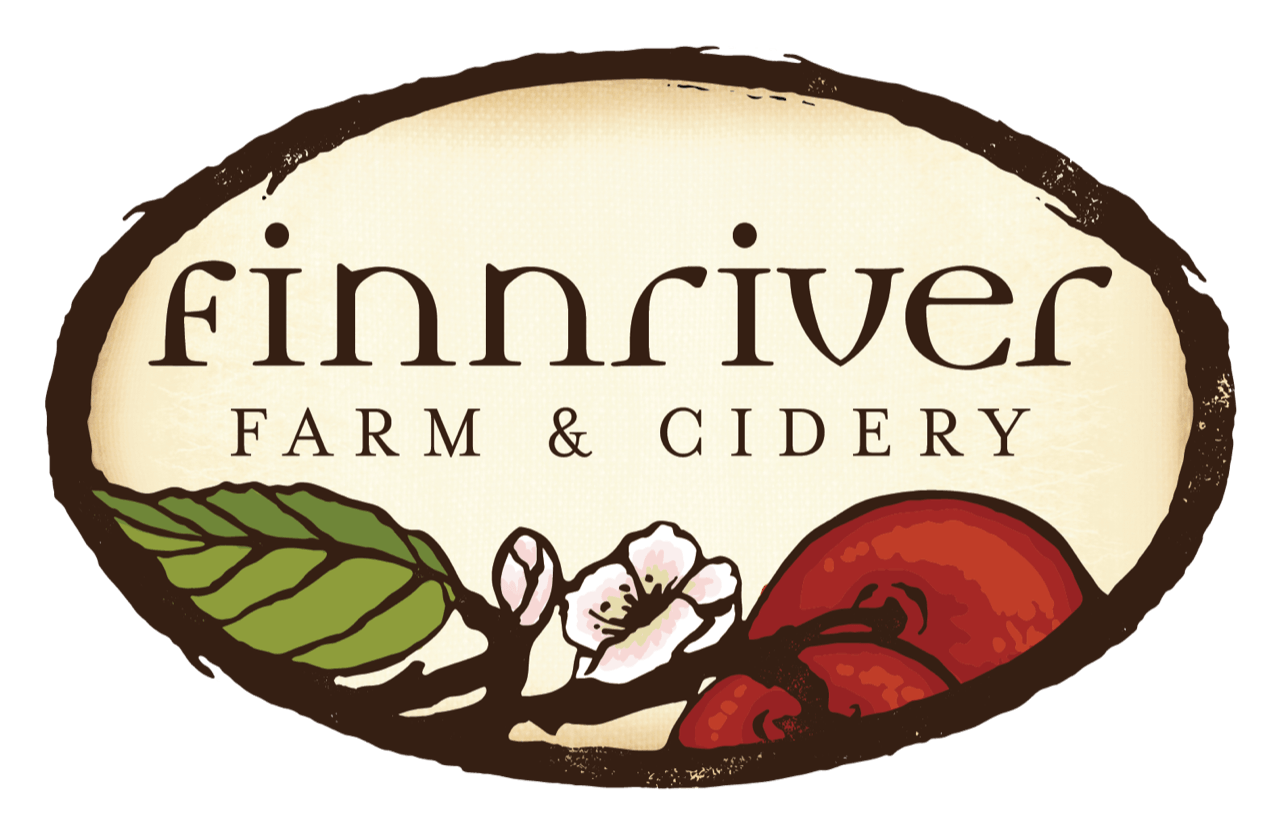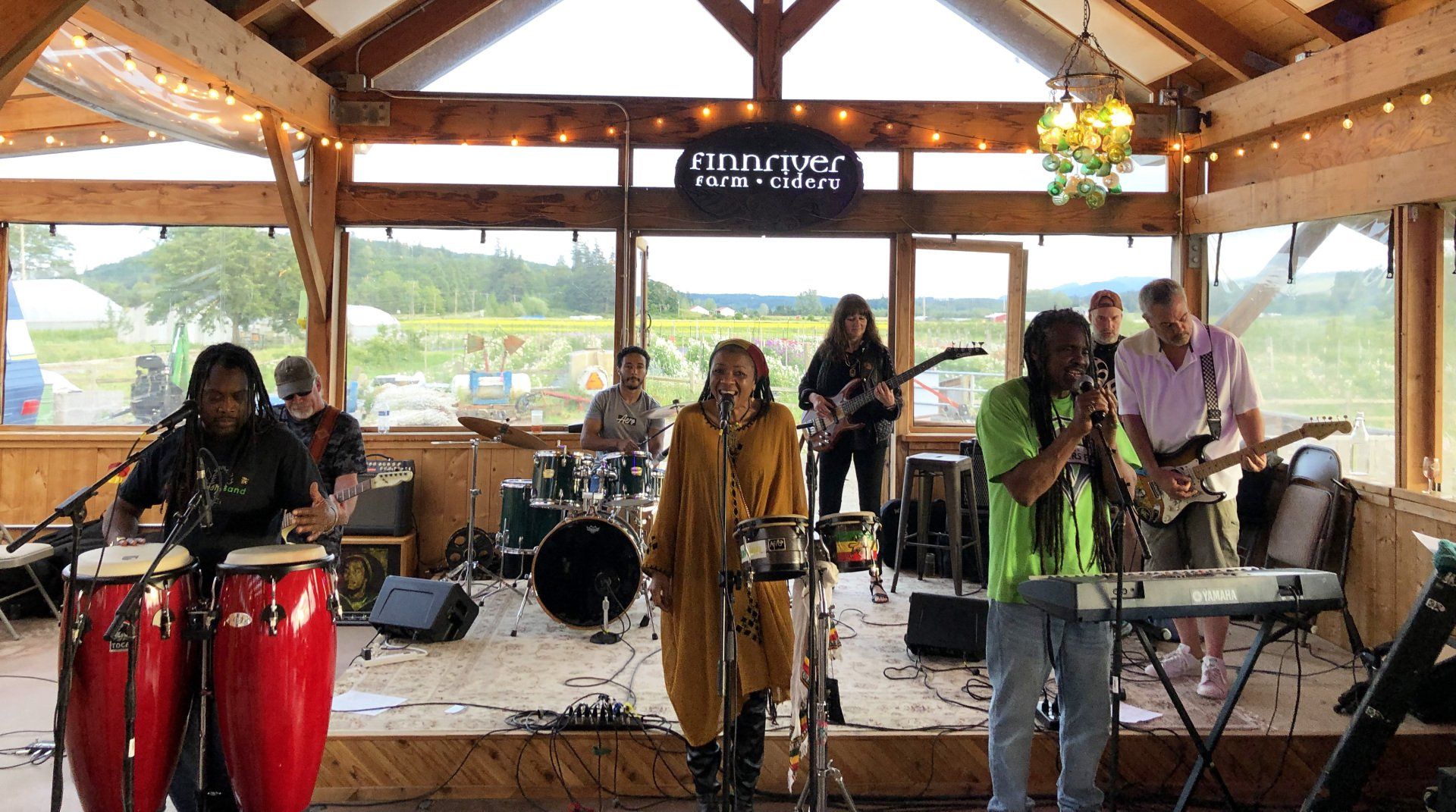We recommend bringing your bicycle to expand your options for getting around.
Seattle to Finnriver
Option One: Kingston Fast Ferry Monday-Friday only
Kitsap Transit Fast Ferry from Peir 50 to Kingston
Jefferson Transit Kingston Express #14 to Four Corners Park and Ride
Link to schedule: 02-Planning-a-Trip-to-SEA-9.24.2023.pdf (jeffersontransit.com)
From Four Corners, Link to schedule: PT-TO-Chim-7.10.23.pdf (jeffersontransit.com)
Option Two: Edmonds-Kingston Ferry or Kingston Fast Ferry
Jefferson Transit Kingston Express #14 to Four Corners Park and Ride
Link to schedule: 02-Planning-a-Trip-to-SEA-9.24.2023.pdf (jeffersontransit.com)
Or Kitsap Transit connection to Jefferson Transit
Link to schedule:04-PT-to-Edmonds-WSF-3.19.2024.pdf (jeffersontransit.com)
From Four Corners, Link to schedule: PT-TO-Chim-7.10.23.pdf (jeffersontransit.com)
Option Three: Seattle & Bainbridge Island Ferry
Washington State Ferry – Bainbridge Island
Kitsap Transit #390 Link to schedule: 01-PT-to-SeaTac-3.19.24.pdf (jeffersontransit.com)
Transfer in Poulsbo to Jefferson Transit #7
Walk or bike from Port Hadlock or transfer. Link to schedule PT-TO-Chim-7.10.23.pdf (jeffersontransit.com)
Western Olympic Peninsula - Sequim, Port Angeles & Forks
Link to schedule: 09-PT-to-Forks-June-7-2023.pdf (jeffersontransit.com)
Transfer to Jefferson Transit at Four Corners Park and Ride
Link to schedule: PT-TO-Chim-7.10.23.pdf (jeffersontransit.com)
South Sound - Olympia Intercity Transit to Mason County Transit to Jefferson County Transit Chimacum
Link to schedule: 08-PT-to-Oly-Oct-16-2023.pdf (jeffersontransit.com)
Bus #1 arrives at Chimacum. Link to schedule: PT-TO-Chim-7.10.23.pdf (jeffersontransit.com)
Whidbey Island to Port Townsend and on to Chimacum
Island County Transit Zone 6 (prior reservations may be required) to Coupeville Ferry
Link to Island Transit trip planner: Island Transit > Routes and Schedules > Trip Planner
Whidbey_ IslandTransit-Jan24_Final-3.pdf (cdn-website.com)
Jefferson County Transit from downtown Port Townsend
Downtown Port Townsend to Haines Place Park and Ride Jefferson Transit: #11 Shuttle
From Haines Place Park and Ride to Chimacum PT-TO-Chim-7.10.23.pdf (jeffersontransit.com)
Please note thatJefferson Transit buses do not operate on Sundays. Jefferson Transit Route Map JTA-System-Map-5.20.19.png (314×761) (jeffersontransit.com)
The three busses that stop at the Chimacum corner intersection are: #6A @ Chimacum Light (N), #6B @ Chimacum Chevron #1 @ Chimacum Light (N) & (S)
The four busses that stop in Port Hadlock are: #6A @ Chimacum Light (N), #6B @ Chevron #1 Chimacum Light (N) or (S) & #7 Hadlock
o Jefferson Transit is Fare Free
o Kitsap Transit fare information: Sound Transit
o Island Transit is Fare Free
o Mason County Transit is Fare Free
o Intercity Transit in Thurston County is Fare Free
o Callam Transit offers all but two routes Fare Free and Veterans and 18 and under ride free on all routes (may require proof)
Links:
Kitsap Transit | Kitsap Transit
Community Transit | Snohomish County
Mason Transit – Providing public transit to Mason County and beyond since 1992!
Metro - King County, Washington
